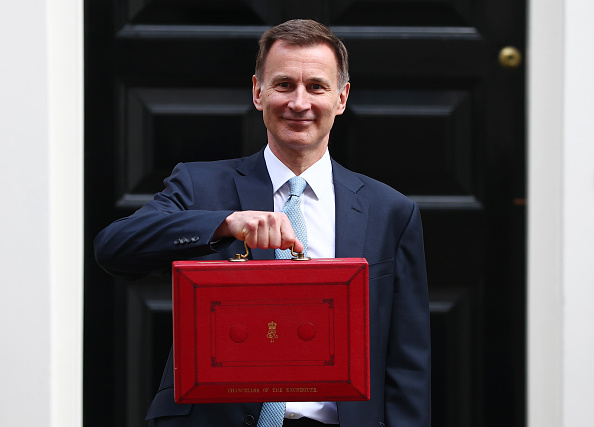Six years after the launch of Pensions Auto Enrolment, February finally marked the last staging date for the UK’s smallest employers to enrol their employees into a workplace pension scheme.
According to figures from the Pensions Regulator, one million employers have now enrolled their employees into a pension through Auto Enrolment.
The government-led programme launched in October 2012 and started with the UK’s largest businesses. Now, the final few small businesses are due to fulfil their Auto Enrolment duties from 1 February 2018. These employers are legally required to register compliance within 5 months.
The policy has meant a further nine million people are now enrolled in workplace pensions. However, this is only the beginning.
In order to get workers to save more money for retirement, the minimum total contribution – currently at 2 per cent combined employee/employer – will increase to 5 per cent in April 2018 (with the employer paying a minimum of 2 per cent).
The following year, it will increase again to 8 per cent, with the employer paying a minimum of 3 per cent.
Changes such as these will make a real difference to UK pension savings. As a result of Auto Enrolment, a total of £17bn a year will be going into workplace pensions by 2019 to 2020, according to the Department of Work and Pensions.
What are the minimum contribution changes?
Currently, a total of 2 per cent of ‘qualifying earnings’ must be paid into a pension scheme for each employee, with at least 1 per cent of this coming from the employer. Qualifying earnings means the share of earnings between £5,876 and £45,000 (so the employee does not need to pay 1 per cent of their total earnings).
- April 2018: the minimum contribution rate will rise to 5 per cent of qualifying earnings, with at least 2 per cent from the employer.
- April 2019: the minimum contribution rate will rise to 8 per cent of qualified earnings. For Self Certification schemes, the minimum will vary between 7 per cent and 9 per cent dependent upon which set is used, a minimum of 3 or 4 per cent will be required from the employer.
No action needs to be taken if the combined employee/employer contribution is currently above these new rates when these are due to increase.
Informing your employees
It’s good practice to inform your employees that the change is coming and explain the reasons why it will be beneficial them. A template letter is available from The Pensions Regulator.
The increase may prompt a minority of employees to opt out of Auto Enrolment completely. It is important that they understand that this means they will be losing out on the contribution their employer will give them towards their pension. It also means that they will be automatically re-enrolled when your 3-year cyclical period is due.
The new State Pension only currently amounts to around £8,300. Therefore, if employees want a higher quality of life in retirement, many will need additional income and this is a cheap, easy way to be able to do that.
John Spooner is product analyst at Moorepay





